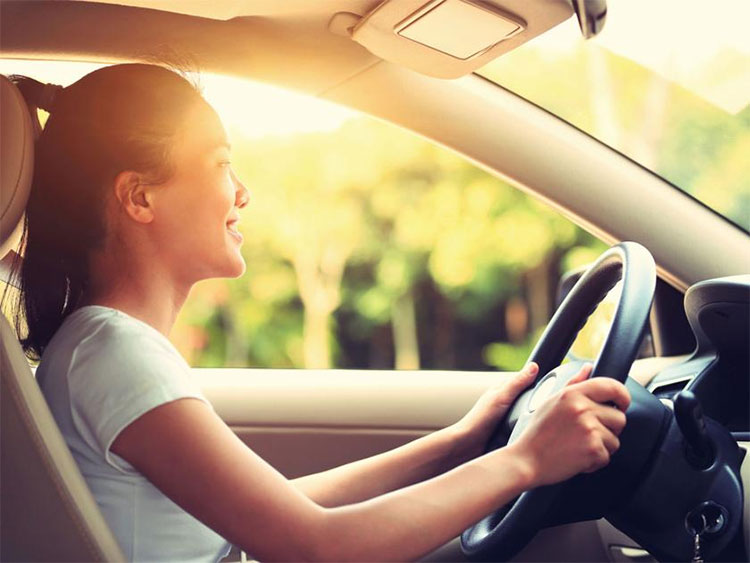5 ultraviolet environments much less expected
Car glass doors only block 44-96% of UVA rays, so the occupants are still affected and are prone to eye and skin diseases.
Many people believe that ultraviolet rays only appear when there is sunlight. However, even without sunlight, ultraviolet rays still exist and can lead to eye and skin diseases. Here are the five most unexpected ultraviolet environments you need to keep in mind, according to Top Santé.
Cloudy
Clouds can not stop the ultraviolet rays but only block about 30-70%. Sometimes, clouds also increase the UV intensity due to the effect of the mirror effect.
In the car
A 2016 study showed that ultraviolet-resistant automotive windows only block 44-96% of UVA rays, the rest still enter and affect the occupants.

Ultraviolet-resistant auto glass only blocks 44-96% UVA rays.(Photo: Activity Avenues).
Highland
The intensity of ultraviolet rays increases with height. At 1,500 meters above sea level, ultraviolet rays will be 20% stronger.
Even in the winter, in the mountains with snow, ultraviolet rays are still dangerous. This environment even leads to Photokeratitis or sun light keratitis.
Beach
Due to reflections, in the seas, the amount of ultraviolet rays will increase by 20-30%. Seawater also reflects 10% of ultraviolet rays, which can easily damage the skin and eyes.
Urban area
Many people do not pay attention to avoiding the sun in the city center, but this is the area with many ultraviolet rays due to the reflection of white walls, glass walls. So wherever you are, you need to take measures to protect yourself from ultraviolet rays. The simplest is to use sunscreen.
- Things to know about ultraviolet (UV)
- How to deal ultraviolet rays in the hot season
- Ultraviolet light from the sun causes DNA damage
- Use ultraviolet rays to avoid enemies
- Birds are abandoned when beauty fades
- Why should I wear sunglasses
- Tongue animals reflect ultraviolet rays threatening enemies
- Vacuum lamps emit ultraviolet rays that are effective
- NASA prepares to launch satellite observing the sun
- Ultraviolet warning bracelet
- Carnivorous dinosaurs make people vulnerable to ultraviolet rays
- Pilots and crew are at high risk of skin cancer
 'Fine laughs' - Scary and painful torture in ancient times
'Fine laughs' - Scary and painful torture in ancient times The sequence of numbers 142857 of the Egyptian pyramids is known as the strangest number in the world - Why?
The sequence of numbers 142857 of the Egyptian pyramids is known as the strangest number in the world - Why? History of the iron
History of the iron What is alum?
What is alum?